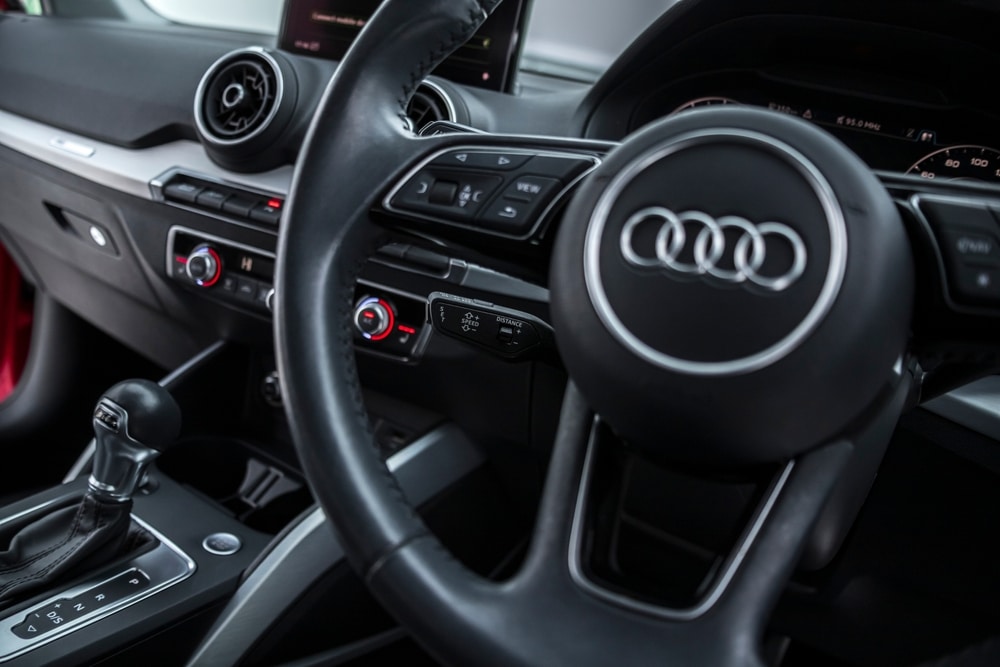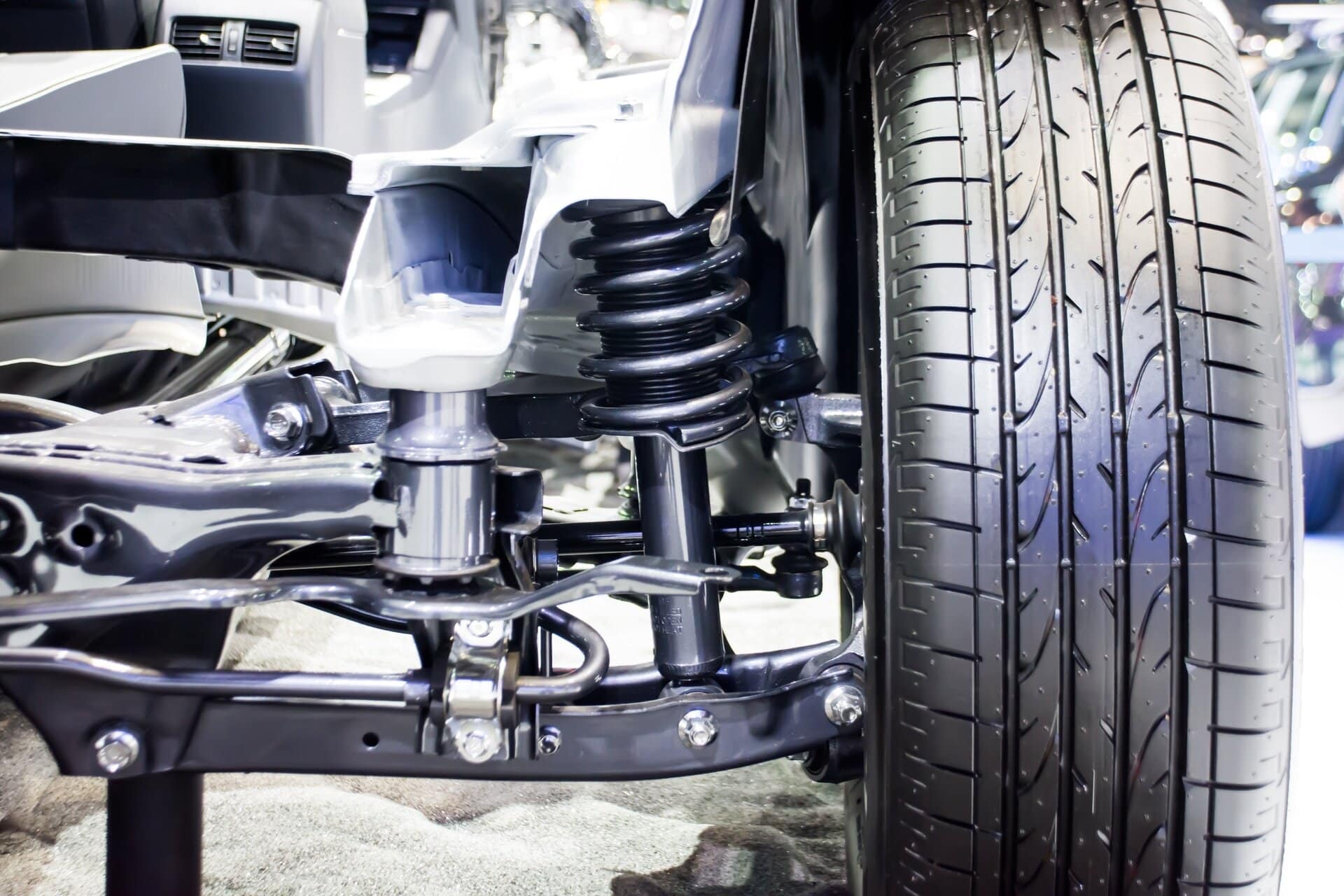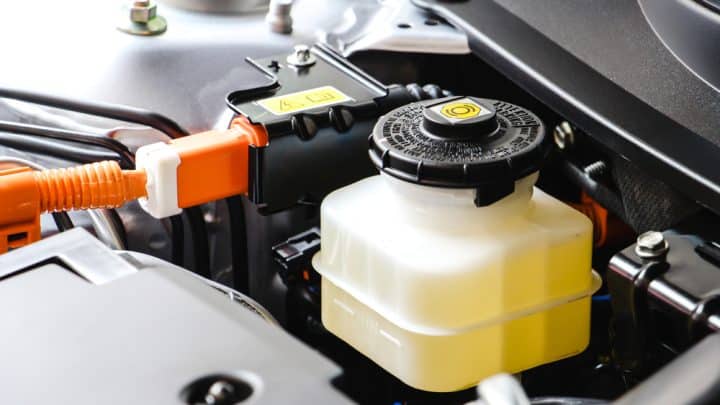How to Solve Engine Cooling Issue in Volkswagen Golf
Engines have been around for more than a century and over that time there have been several changes in their design. But regardless of the alterations, the basics remain the same. Every engine, no matter its size, requires an optimal running temperature. This temperature range varies from one engine to the other, but experts believe that between 90C to 105C is optimal.
But the engine gets hot as the fuel combusts inside the block and the only way for the temperature to go is up. If that isn’t controlled, the high temperatures could seize the engine, leaving you with a hefty repair bill.
How do you get away with this? Well, the only way to tackle the rising temperature is to introduce some form of cooling into the system.
Earlier, the cold air coming from the front of the car would bring temperatures down. However, that idea couldn’t stay for too long as the engine bay was packed with too many new components. The introduction of turbochargers and superchargers also complicated the setup, which added to the heat produced underneath the bonnet.
Therefore, engineers had to find a unique way to tackle this situation. They did that by introducing water to the mix. By running cool water/coolant through the engine, the temperature could exit easily, and the engine could work at its optimal range. The hot water/coolant would then be cooled using a radiator, and the cycle would repeat.
Nowadays, all cars and most motorbikes have this crucial system.
Imagine, what would happen if the engine cooling system stopped working. Only utter chaos would ensue, putting your vehicle in deep trouble.
Something so unfortunate happened to one of our clients.
Mrs B’s 2015 Volkswagen Golf developed engine cooling issues, with the temperature gauge going into the red zone. The temperature wouldn’t come down, but that was the least of her worries because the coolant was also evaporating. She had had to refill the coolant several times, which wasn’t an ideal situation.
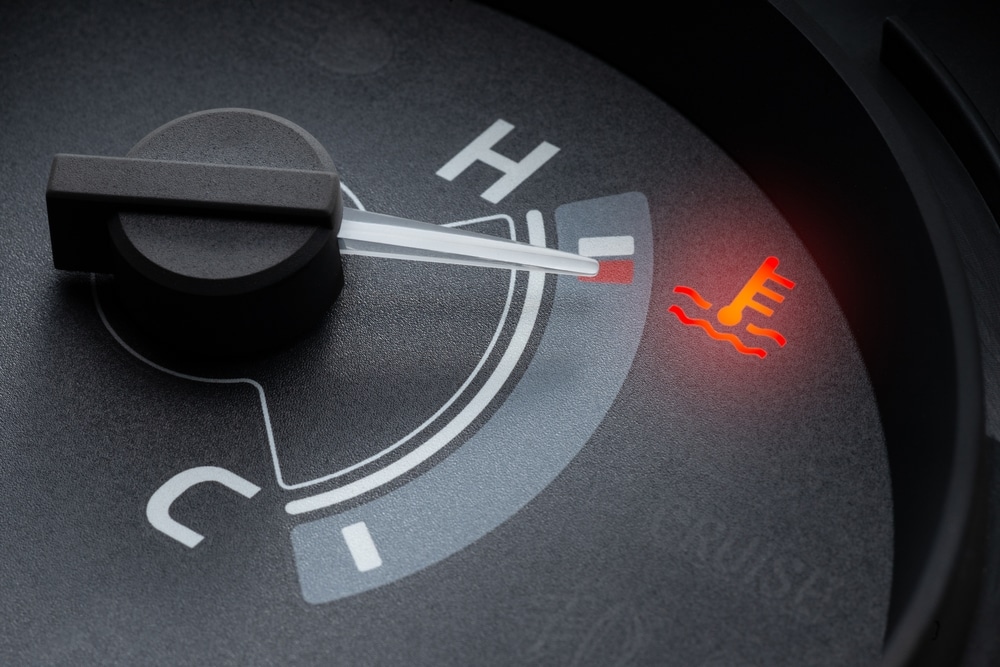
The situation prompted our client to bring her car to the Fitch Autos, where our VW expert looked at her Golf.
Our senior Golf technician inspected the vehicle, based on the client’s complaints and acquired more information from Mrs B to help with the repair.
Matt learned that the car would work fine on short trips, but when the client drove on longer routes, the temperature gauge would rise and enter the dangerous range.
The situation was interesting but nothing that our VW specialist couldn’t solve. So, Matt started with the repair by verifying the client’s claims.
Faults Found
Our Golf technician checked the coolant first before moving on to anything else. Matt had to make sure there was enough coolant in the system to cool the engine. Luckily, there was enough coolant to start the car and verify Mrs B’s claims. Our VW technician started the Golf and waited for a while to check the fan. It was working, and there were no visible leaks.
The next step was to check the vehicle for fault codes. But even a full scan produced no fault codes in the system. This meant that there was something else going wrong with the cooling system. There could be a hidden leak, gasket failure or maybe the coolant was low-quality.
Matt had to be sure, as he couldn’t ride on speculation, so he started the 15-step diagnostic procedure to find out the root cause of the problem.
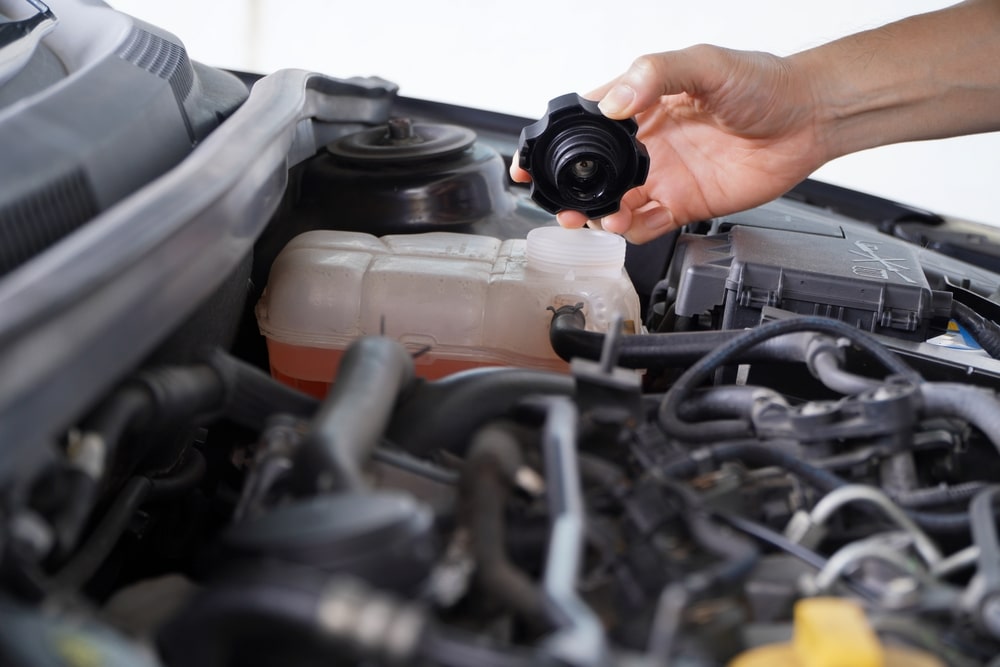
Diagnostic Procedure
The detailed diagnostic process is used by all the technicians at Fitch Autos. It is an integral part of the repair, which allows the technicians to identify the cause efficiently and effectively.
Matt used the same procedure to work on Mrs B‘s car.
Our VW technician started with the fundamentals. He performed a visual inspection of the engine and its cooling system. All was working fine, and nothing looked out of the ordinary. Next, Matt checked the coolant levels and found that there was insufficient coolant in the container.
Why was this happening? The coolant levels do not automatically reduce like this, which meant that something was going on in the background. Matt had to find that out and so he carried out a manual pressure test of the system. But no external leaks were found.
One interesting thing, however, did come forward. Our VW specialist found coolant residue on the coolant header tank, which was overflowing as a result of the engine overheating. But that was happening as a result of something else. So, Matt moved forward to test another component in the engine cooling system.
Our Golf technician now looked at the water pump in the Golf to inspect the impeller housing. The latter is known to fail quite frequently and is known to be the source of most cooling problems in VW vehicles.
A malfunctioning impeller housing would restrict coolant flow to the engine and result in rising temperatures. It is also mentioned in a VW technical bulletin, which our Golf specialist checked to confirm his diagnosis.
However, to confirm the issue, Matt had to remove the water pump and visually inspect the impeller housing for damage. Sure enough, the control valve on the impeller housing had damage and it was restricting coolant flow to the engine.
Matt had identified the core issue, and now his job was to employ a solution.
The Solution
Our VW technician removed the water pump and replaced it with a genuine and updated component. He also replaced the engine cambelt in the process as it was badly worn due to age and use.
Once the parts were put in place, Matt topped up the coolant and started the 2015 Volkswagen Golf. He waited for a few minutes for the temperature to ramp up to optimal levels. Luckily, the temperature needle stayed within range and Matt witnessed no overheating. Even after leaving the car running for a long time, the car experienced no change in temperature, meaning the water pump was working fine.
Lastly, our VW technician tested the vehicle for fault codes and all was clear in that department.
So, Matt called Mrs B and gave her the good news.
Summary
Mrs B came into Fitch Autos, complaining about a problem with her 2015 VW Golf. She complained about her car’s overheating issues and how she could not drive long distances without damaging her vehicle. Our lead VW technician, Matt, listened to her claims and immediately started with the diagnosis.
Matt used the 15-step diagnostic procedure, used by all the technicians at Fitch Autos, in his bid to solve Mrs B’s problems.
He inspected the vehicle and worked his magic to finally find the core issue. The water pump used to pump the coolant into the engine was faulty. In fact, a smaller component within the water pump was malfunctioning. The controller valve in the impeller housing was restricting the flow, resulting in the Golf’s engine overheating.
Our VW specialist quickly solved the issue by replacing the water pump. He rechecked the car, and after confirming everything was working well, he called the client.
Matt performed his job admirably and as a result, he was able to find the problem, solve it and hand the car back in no time. That’s the kind of swift work you can expect at Fitch Autos. Our team of technicians use their skills and their knowledge to get our customers back on the road quickly. Fitch Autos are able to offer dealer-level skill and better-than-dealer value and lead times.
Do you want to know more about our services? Give us a call on 01543 401252 and talk to our team.
